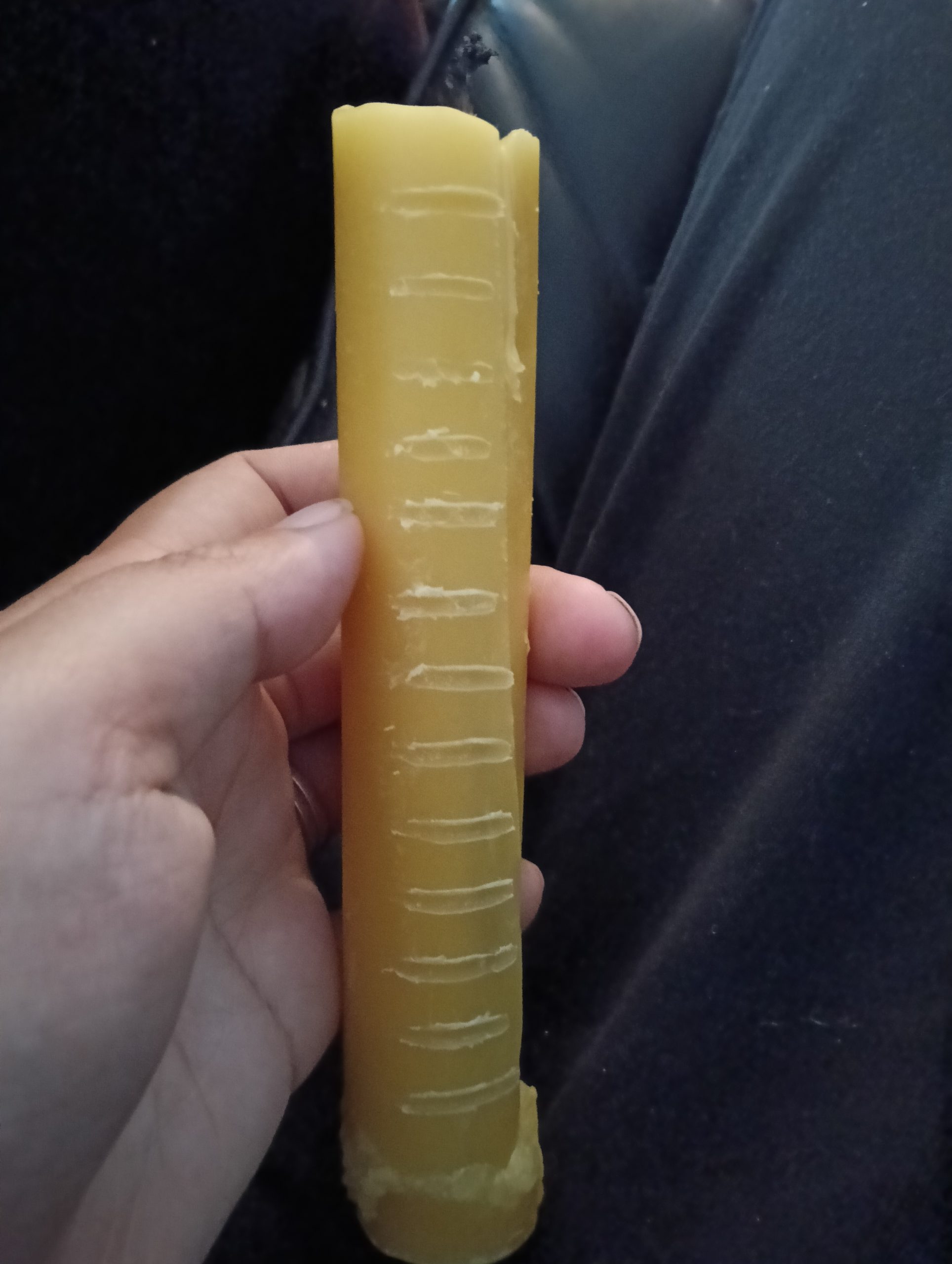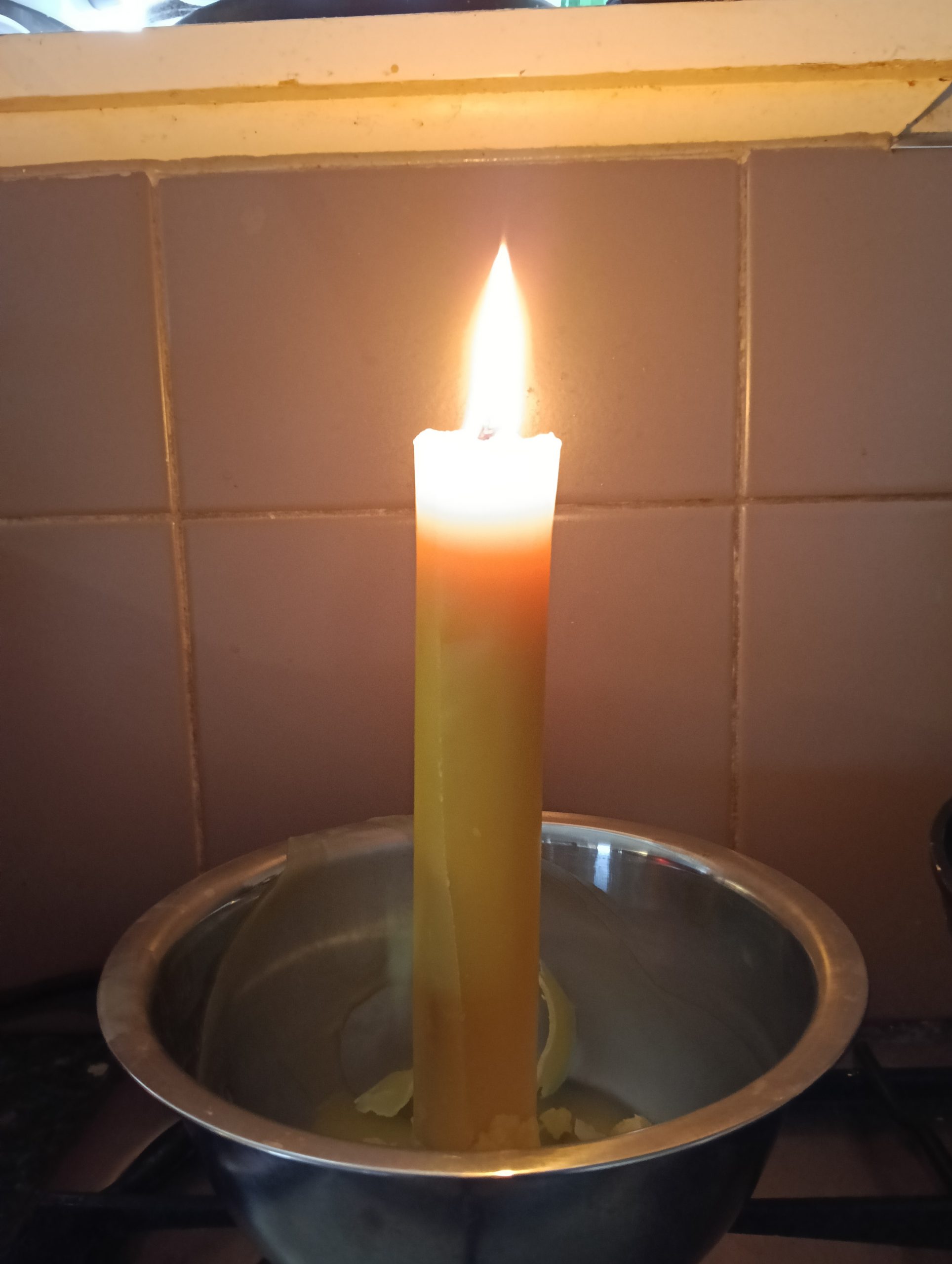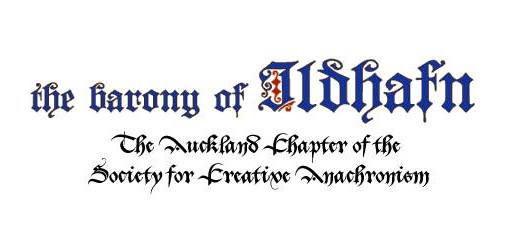Category
Terra incognita (unknown ground).
Entrant
Lihua Li
Entry
Candle Clock based on a description of a 520AD poem by Chinese scholar You Jiangu.
Although the origins of the “Candle Clock” are unknown, the earliest mention of such clocks was in a Chinese poem by You Jiangu (520AD).
While I was unable to find the original poem, multiple sources confirm the description was for a 12 inch candle marked by inches, with each inch representing 20 minutes. Thus, the burn time for one candle was 4 hours. (https://clocktime.co.uk/stories/first-candle-clock).
In my recreation of this, I have used natural beeswax (due to availability – I had left over wax from a previous project which I needed to use) and a braided cotton wick. My candle (before test burn) measured 15cm (6 inches) and the test burn indicated it burnt at a rate of 1cm per 20 minutes. This suggests that either the wax used by You Jiangu burned faster (You Jiangu would have been using Chinese Wax created by a sucking insect by the name of Ceroplastes ceriferus) or that You Jiangu’s candles were about half the diameter of my candle (https://www.britannica.com/science/Chinese-wax)
Due to the consistent burn time of wax, animal fat and vegetable oils (as used in Japanese versions); tall, thin candles could accurately be used to measure the passing of time.
In addition to the mention of Candles used as clocks by You Jiangu in 520AD, early references indicate that King Alfred of Wessex used Candle Clocks in English churches to mark the passage of time (https://mymodernmet.com/candle-clock-alarm/)
As technology advanced, Candle Clocks too advanced. While the basic principle remained, additional supports were added to make the clocks more accurate. 12th century Muslim inventor and polymath Al-Jazari for example enhanced the Candle clock by adding a system of weights and pulleys which enhanced the accuracy of Candle Clocks (https://mymodernmet.com/candle-clock-alarm/).
Clocks such as these could also serve as alarm clocks, with nails or other objects being inserted at known intervals along the length of the candle. The candle would then be burned while sitting in a metal bowl or on a metal plate. As the candle burned down and reached each mark, the nail (or other object) would fall onto the metal plate/bowl making a noise. This was often used in monasteries to mark the passage of time and call the monks to prayers (https://vocal.media/history/waking-up-with-candle-clocks-the-ingenious-precursor-to-alarm-clocks).
Method: the process of making a candle in and of itself is relatively simple. One needs only melt some wax and set it in a mould with a wick of pure cotton anchored in it.
As I have not made candles previously, I did not have any wicks or moulds available for this project.
I created the wick by braiding some cotton twine and created the mould by using an old cardboard tube from a roll of paper towels. I lined the cardboard tube with rolled baking paper to facilitate the removal of the candle once set.
I did have a few challenges – initially my mould leaked and I had to pour a small amount to seal the bottom of the candle and allow it to set prior to pouring the rest of the candle.
Once I believed the candle to be set, I removed the candle from the mould and discovered a small segment near the base of the candle which had yet to set. I was however able to use the wax which had partially solidified to seal the hole created by the melted wax and prevented too much wax loss.
When measuring the candle, I measured from the base of the wick to about 1.5cm from the base of the candle (the section which was partially melted when I de-moulded the candle).


